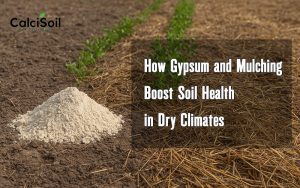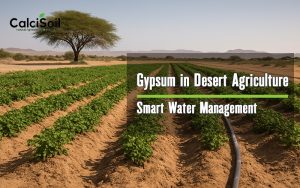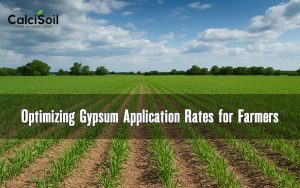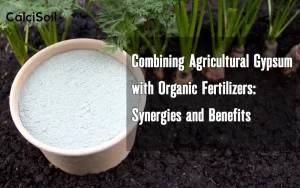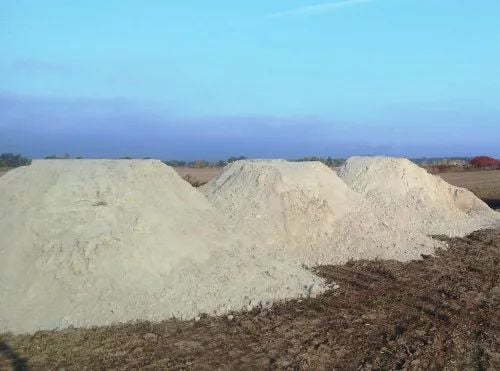
Gypsum, the soil conditioner
Correcting materials used for soils with high magnesium or sodium can basically be divided into two main groups. The first group –e. g. gypsum- add “calcium” ions to soil solution directly, and the second group –e. g. various acids or sulfur- reduces soil acidity which results in lime dissolution in soil and release of its calcium ion. Using gypsum corrects some other chemical, physical, and even biological characteristics of the soil. So the consumption of gypsum must be prioritized. And is expected to result in significant growth increase and yield in areas it’s deemed necessary according to respective tests.
Besides, gypsum is also effective in improving unfavorable conditions resulting from boron toxicity. Leaching with ample water is among the correction methods of soil remediation in the soils suffering from toxic boron levels. Using gypsum for leaching can help reduce water required for leaching up to one-third of required amount in some cases. that these situations usually occur in areas with the water limitations.
Using gypsum for leaching
Using gypsum for leaching can help to reduce the amount of water required for leaching. which can make this method more feasible in water-limited areas. Gypsum can help to improve soil structure. which can increase water infiltration and reduce the amount of water needed for leaching. In addition, gypsum can help to displace sodium ions in the soil. which can reduce the adsorption of boron and make it more available for leaching.
Gypsum has some or all of the following advantages directly or indirectly:
- Sodium ratio modification in the exchange and solution phases
- Increased leaching efficiency and faster soil salinity reduction
- Better soil permeability and aeration
- Reduced PH in sodium-rich soils
- Prevention of soil crust formation on the surface of the soil after irrigation
- supply of the highly-consumed nutrients of sulfur and calcium
- soil texture improvement and strengthening
- reduced clay soil density and soil’s bulk density
- increased water retention, improved root penetration, and increased irrigation efficiency of the soil
- modification of the calcium/magnesium ratio in the exchange and solution phases
- better nutrient absorption by the plant
- increased biological activity and growth in the soil, particularly in the case of earthworms


